What Is Spiderdao?
Spiderdao greatly enhances the DAO concept by introducing a dual-governance model which bundles together hardware and software tools with on-chain elements, providing a “whale-resistant” governance solution. The underpinned by the Polkadot consensus mechanism and utilises a network of hardware routers deployed by DAO participants as a “ticket” for election voting
They combine this newly-created DAO mechanism with Spider’s already established
VPN business to create the first line of services in the ecosystem via SpiderVPN. SpiderVPN will provide a decentralised router based VPN service for its users. In addition, the SpiderDAO is introducing a number of new features, all of which will be
underpinned by the SPDR token.
| Coin Basic | Information |
|---|---|
| Coin Name | Spiderdao |
| Short Name | SPDR |
| Circulating Supply | |
| Total Supply | 1,000,000,000 |
| Source Code | Click Here To View Source Code |
| Explorers | Click Here To View Explorers |
| Twitter Page | Click Here To Visit Twitter Group |
| Whitepaper | Click Here To View |
| Support | 24/7 |
| Official Project Website | Click Here To Visit Project Website |
Spider Dashboard Features
SpiderMarket
Sell & Buy Bandwidth for SPDR rewards based on the Rules in the SLA
Governance
Voting & Proposing on Features, Products and Development
Hardware
Spiderdao Manage & Update Spider Connect Routers
Future Products
Access to any SpiderDAO Product in the Future
VPN Rewards
Access to Spider VPN Services
Liquidity Mining
Participate in the LaU (Liquidity as Utility) Mining facility
Wallet
Send & Receive, Check Balance & Check Accumulated
Rewards
Current Issue With Conventional DAO Governance.
Plutocracies
Spiderdao Currently, existing on-chain voting mechanisms have a tendency to descend into plutocracies whereby the wealthy who have the power to accrue more tokens, have the biggest say at the detriment of smaller token holders.
The Rise of Dark DAOs
Existing on-chain voting methods can lead to vote-buying, which has led to the rise of “Dark” DAOs. The foundations of the vulnerability stem from the low barriers to entry for malicious actors (whether individuals or larger entities) to skew the democratic voting process by buying up large amounts of tokens to achieve an unfair share of the voter’s rights and influence the decision making in an unfavourable way.
“Whale” manipulation
“Whales” (very large token holders) can gain an unfair voting advantage which allows them to skew elections in their favour simply by accumulating large amounts of governance tokens
Service
Hardware-enabled DAO voting process
Spiderdao To qualify for a vote in the SpiderDAO, the participant must have a compatible Hardware Router connected to the Spider Virtual Private Network with SPDR tokens staked. One SpiderConnect router equates to one vote with safeguards in place to ensure hoarding of hardware devices is instantaneously detected by the network.
Whale Resistant Dual-Governance Model
The transfers the voting eligibility rights from solely the token to a dual off-chain – on-chain mechanism. This makes it more challenging for large entities to disproportionately influence the elections without incurring significant costs.
Access to decentralized VPN services
SpiderDAO will first be integrated with SpiderVPN which currently has over 6,400+ international users active across 18+ countries. It will provide owners of the SpiderConnect Routers with access to a decentralized VPN service (dVPN), granting full online anonymity and a host of premium features.
Spider Treasury
Spiderdao Spider Treasury will be created to accumulate 2% of crypto proceeds generated by services utilizing the first of which will be SpiderVPN. These funds will be used for continuous improvement of the Spider ecosystem, with eligible DAO participants able to submit and vote on proposals to fund successful projects.
Blockchain
There are various flavours of blockchain voting schemes utilised by multi-billion
dollar projects like EOS, Tezos, Tron, Polkadot and Decred in an effort to formalize
the decision making processes in their ecosystems. The majority of these schemes
utilise a form of delegated Proof of Stake model – this requires selected nodes to
validate transactions on a network. Token holders are allowed to stake their tokens,
to demonstrate their ownership of the token to the network, which subsequently
gives them voting power based on the number of tokens staked. And whilst current on-chain voting schemes have faced many challenges such as privacy, latency and scaling, these haven’t been as critical to the future of the DAO as the issue of vote-buying.
Governance Infrastructure
Spiderdao will be supported by Polkadot Governance by utilising Substrates
pluggable consensus algorithms and runtime elements enabling us to combine proof
of stake, on-chain governance and hardware anchoring within the governance
system. To enable the continuous development, DAO members will coordinate both formally
on-chain (see below) and informally off-chain to collaborate on proposal evaluation
before a formal election is cast.
They have selected to partner with Polkadot instead of Ethereum in augmenting this governance structure given the on-chain governance features that they expect to drive increased member engagement within the decision making process (seeking to address the problem of low DAO member engagement abserved across other DAOs).





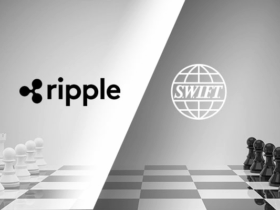
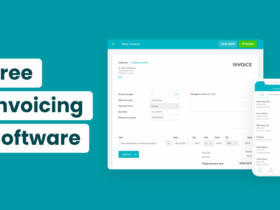





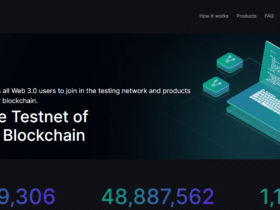























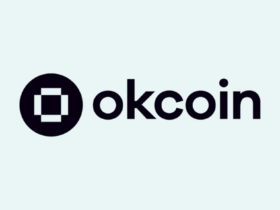





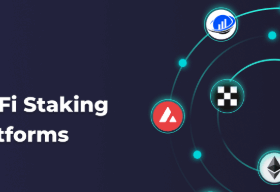

Leave a Reply